Here’s a cold, hard, and undeniable fact about winter tires: If temperatures stay below about 45°F (7°C) over the winter where you live, you need them.
Yes, even your four-wheel drive truck or SUV should be fitted with four winter-rated tires. It’s called four-wheel , not four-wheel , and sending power to more wheels isn’t going to slow you down any quicker.
And before you start reminding yourself of just how good of a driver you are, know that it matters little when so many variables come into play out on the road, the least impactful of which is snow. Remember, they’re not . Even on dry pavement, winter tires provide better traction through a softer rubber compound that has a lower freezing point.
ALSO SEE: Consumer Reports Best Tires of 2016
For those that do use winter tires, I salute you. But lugging your tires to the local shop for your bi-annual change can be tough on the back, not to mention the pocketbook, and swapping them yourself can be a rewarding and inexpensive task. It also provides a great opportunity to anticipate — and in some cases prevent — repair or replacement bills before they get out of hand. With winter just around the corner, here are five helpful tips to keep in mind when changing your tires.
5. Be Safe and Smart
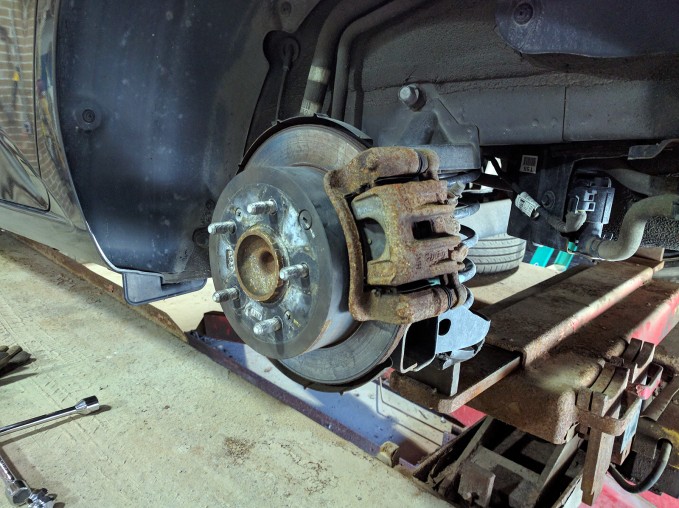
Whether you’re changing your tires in your driveway or you have access to a garage with a lift, it’s important to do so with safety in mind and the right tools at hand. If you’re changing your tires at home, it’s important to use a floor jack rated for the weight of your vehicle, jack stands to support its weight, and wheel chocks to keep it from rolling. It’s best to do the job one end at a time, starting with the front or rear. Use the proper size socket on the lug nuts, and a torque wrench to apply the proper amount of torque when putting the wheels on. Loosening and tightening the lug nuts is a two-step process. When removing the wheels, the lug nuts should be loosened, though not removed, when the vehicle is on ground using a breaker bar. Likewise, the lug nuts should be torqued with the wheels firmly on the ground.
4. Check the Condition of Your Wheels and Tires
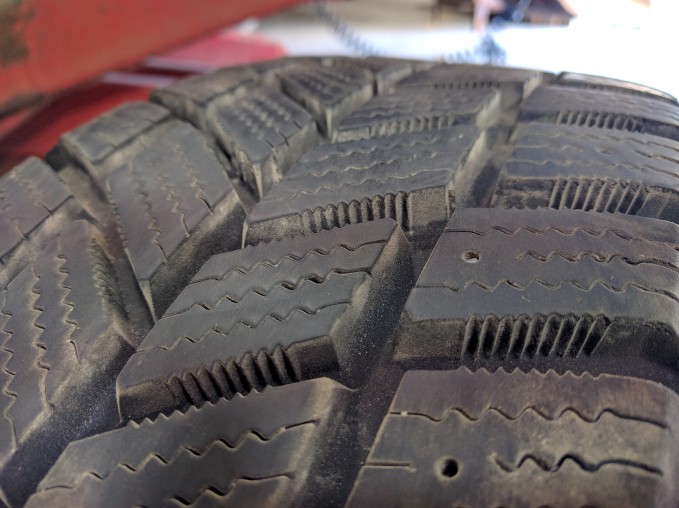
This goes for both the set that’s going on and the one that’s coming off. While running a separate set of tires for the winter months will prolong the lives of both sets of tires, wear still happens. Normal wear sees tread depleted at the same rate, relatively speaking, across the tire, while uneven wear can affect one side or the other and could be a sign of suspension issues. It’s also important to ensure no wheel weights have fallen off, and that the wheels’ mounting surfaces are clean in order for them to sit flush with the hubs.
3. Label the Tires That Are Coming Off
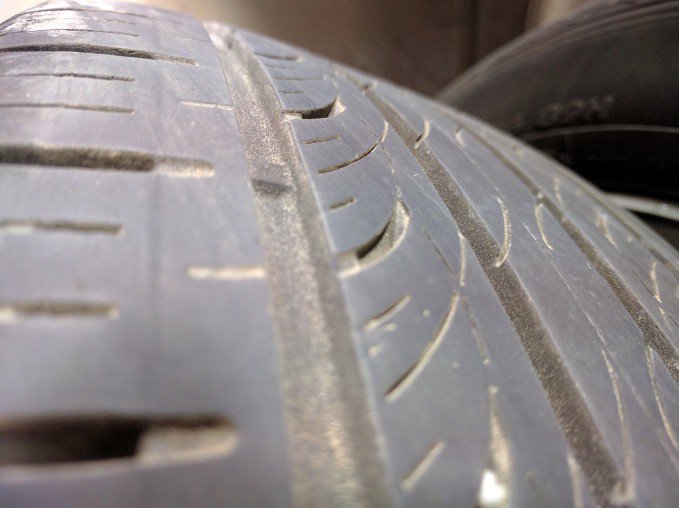
When swapping your tires, don’t forget to label them individually as they come off the car. A piece of masking tape with a simple “left front” or “right rear” will suffice. When it comes time to put them back on, you’ll know where they go. It’s also important to rotate the tires wisely. Directional tires can only be switched from front to back on the side they belong, whereas symmetrical tires can be switched side to side. The winter and spring switching points are the perfect time to rotate tires to ensure even wear and long life.
2. Perform a Visual Inspection
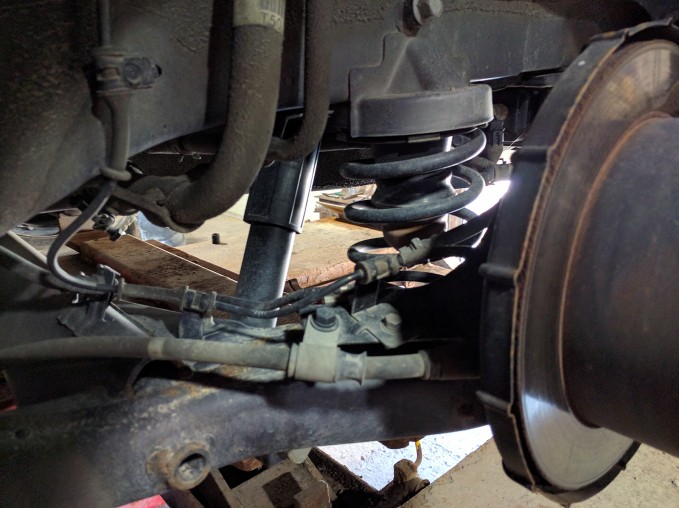
You don’t have to be a mechanic to know that damage could spell trouble for you and your vehicle. That’s why it’s important to perform a visual inspection of any visible suspension and brake components once you’ve removed your wheels. Check components like brake lines, bushings and struts for fraying, cracking or leaking.
1. Store Your Tires Properly
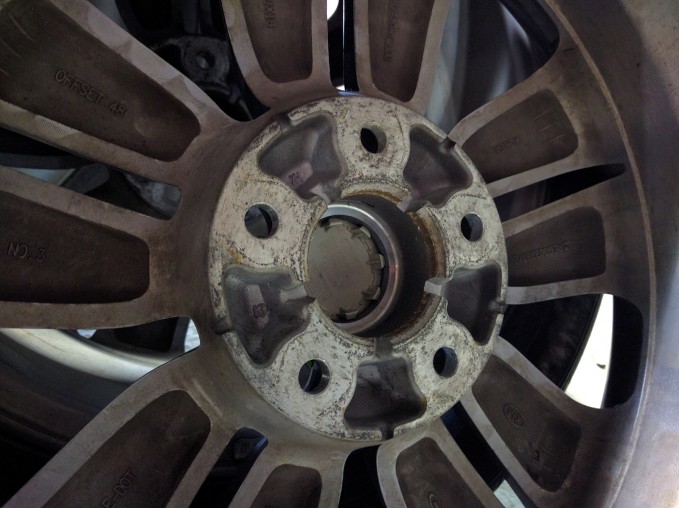
Once you get your wheels and tires swapped, it’s important to store the ones you aren’t using properly. Be sure to clean them — yes, even the insides — and let them dry before placing them in airtight bags to prolong their lives. Store them flat on their sidewalls in a cool, dry place, and out of direct sunlight if possible.



Leave a Reply